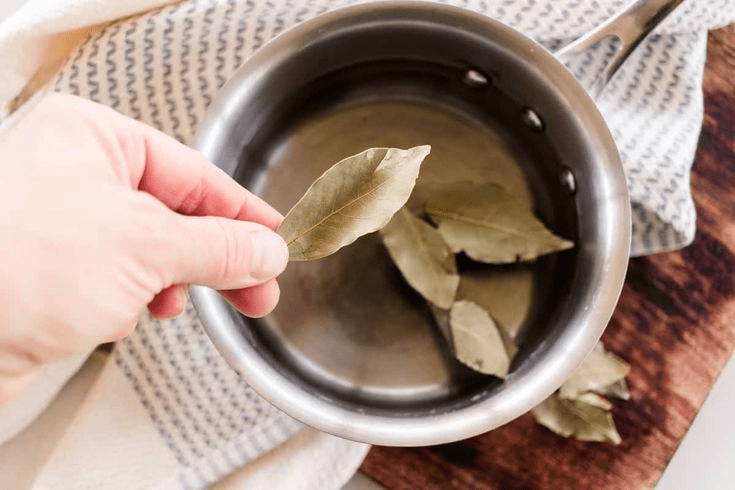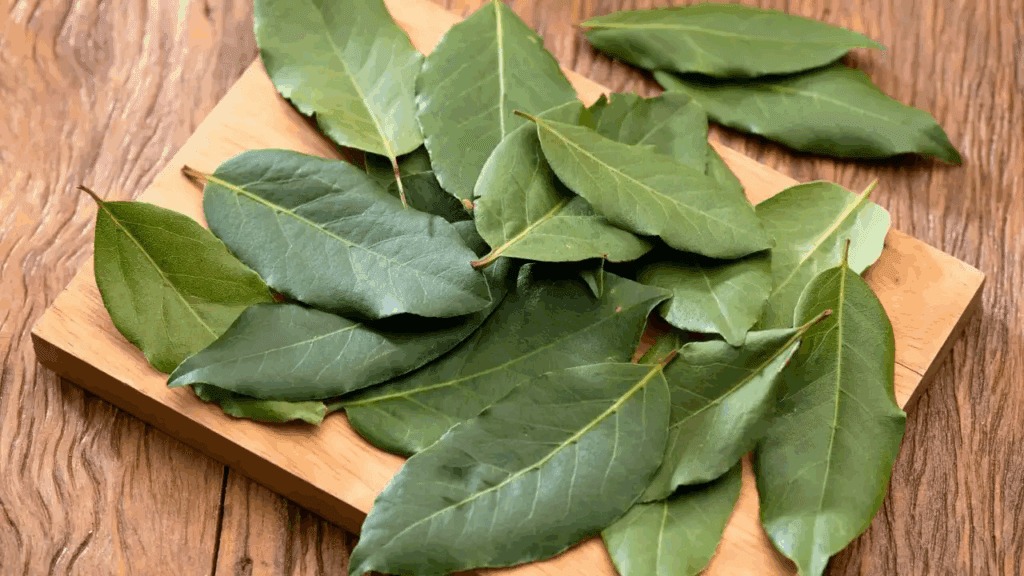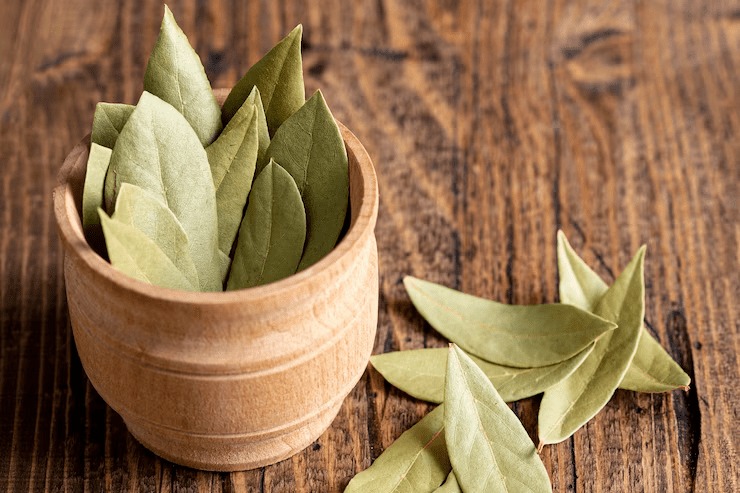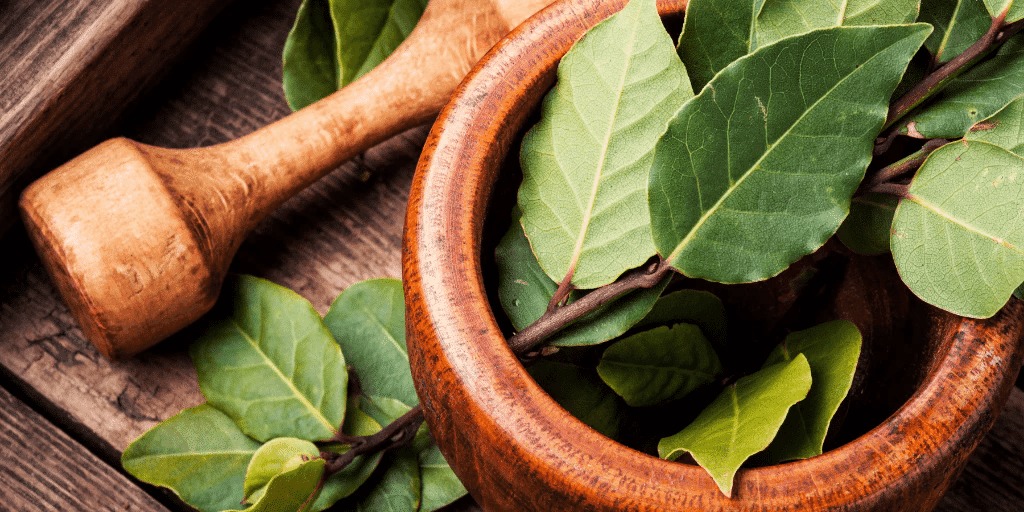Gray hair is a natural part of aging, but many Americans find themselves looking for gentle, home-based ways to maintain their hair’s natural color for as long as possible. While some turn to dyes and chemical treatments, others are seeking natural alternatives that support overall scalp and hair health without harsh side effects. One such ingredient gaining attention is the humble bay leaf.
Bay leaves, often found in soups and stews, have been used for centuries in traditional wellness practices. Recently, they’ve been spotlighted for their potential role in hair care. But can bay leaves really support healthier, more youthful-looking hair? Let’s dive into what this fragrant leaf can offer and how to use it properly.
What Are Bay Leaves and Why Are They Used in Hair Care?
Bay leaves come from the Laurus nobilis plant and have long been a staple in Mediterranean cooking. Beyond the kitchen, bay leaves have been traditionally used for their aromatic and wellness properties in natural remedies across various cultures.
When it comes to hair care, bay leaves are believed to support:
- Scalp circulation
- Reduced dryness or itchiness
- Natural shine
- Strengthened hair roots
Some natural beauty enthusiasts suggest that bay leaves may help slow the appearance of gray hairs by improving scalp health and providing certain plant-based compounds like antioxidants.
Note: While these benefits are based on traditional use and preliminary natural wellness claims, there is currently no scientific proof that bay leaves can reverse gray hair permanently.

How to Prepare a Bay Leaf Hair Rinse at Home
If you want to give bay leaves a try, this simple hair rinse recipe can easily be prepared with just a few ingredients from your pantry.
Ingredients:
-
- 6 to 8 dried bay leaves
- 2 cups of water
- Optional: A few drops of rosemary or lavender essential oil
Directions:
- Bring 2 cups of water to a gentle boil.
- Add the bay leaves and let them simmer for 5 to 10 minutes.
- Turn off the heat and let the mixture steep and cool for another 10 to 15 minutes.
- Strain the liquid into a clean container.
- Once it’s lukewarm, you can add a few drops of essential oil for fragrance and extra benefits.
How to Use It:
- After shampooing, slowly pour the bay leaf rinse over your scalp and hair.
- Gently massage your scalp for 1 to 2 minutes.
- Let it sit for 4 to 5 minutes before rinsing with plain water or leaving it in if desired.
This rinse can be used 2 to 3 times per week as part of your hair care routine.

Benefits of Bay Leaf Rinse for Hair and Scalp
While it’s not a miracle solution, a bay leaf rinse may support your hair health in a few noticeable ways:
1. Natural Shine and Smoothness
Bay leaf water may help tighten the hair cuticles, giving hair a smoother, shinier appearance without needing conditioner.
2. Scalp Freshness
The antimicrobial properties in bay leaves may help reduce excess buildup on the scalp and offer a refreshing, clean sensation.
3. Hair Strength Support
Regular use of bay leaf rinse may assist with root health by mildly stimulating blood flow to the scalp.
4. Aroma Therapy Benefit
Bay leaves have a calming scent that can help promote relaxation and relieve tension, making your self-care routine more enjoyable.
What About Gray Hair?
There is no evidence that bay leaves can permanently reverse gray hair. However, some people believe that consistent use may help delay its appearance by nourishing the scalp, reducing oxidative stress, and keeping hair stronger.

Gray hair is often linked to a decrease in melanin production in hair follicles. While bay leaves do not directly restore melanin, they can be a helpful part of a broader lifestyle approach that includes:
- Antioxidant-rich foods
- Stress management
- Gentle hair care routines
If you’re looking for a 100% permanent fix for gray hair, coloring may still be your best option. But if you’re open to slow, natural methods that nurture your hair from the root, bay leaves might be worth a try.
Pairing Bay Leaf Hair Rinse with Healthy Hair Habits
To make the most of your natural hair care journey, combine bay leaf use with these supportive habits:
Eat Hair-Nourishing Foods
Include foods rich in:
- Vitamin B12 and B6 (found in eggs, salmon, leafy greens)
- Copper (cashews, seeds)
- Iron (beans, red meat in moderation)
Practice Gentle Hair Care
- Avoid tight hairstyles that stress the roots
- Use a soft bristle brush
- Limit heat styling tools
Manage Stress
Chronic stress may impact hair pigmentation. Try mindfulness practices, stretching, or daily walks to ease stress levels.
Stay Hydrated
Water supports scalp hydration and helps prevent dull, brittle hair.

Who Should Use Bay Leaf Rinse with Caution?
While bay leaf rinse is generally considered safe for external use, keep the following in mind:
- Always let the water cool before applying to avoid burns.
- Test a small patch of skin first to rule out any allergic reactions.
- People with extremely dry scalps or skin conditions should consult a dermatologist before adding herbal rinses to their routine.
- Keep bay leaf oil (if used) away from eyes and mucous membranes.
A Holistic Way to Care for Your Hair
The idea of using kitchen herbs like bay leaves to support hair health is part of a larger movement back toward natural wellness. Many Americans are seeking alternatives that are gentle, accessible, and free of harsh chemicals.
While bay leaves may not erase gray hair in minutes, they can certainly help refresh your scalp, bring a natural shine to your strands, and promote a calming self-care ritual that leaves you feeling more in control of your appearance—naturally.
Share this article with a friend who loves natural beauty hacks. Have you tried bay leaf rinse before? Comment your results or favorite herbal remedy below!
*Disclaimer: This article is for informational purposes only and does not substitute professional medical advice. Consult your doctor before making health changes or adding new remedies to your routine, especially if you have allergies or skin sensitivities.
